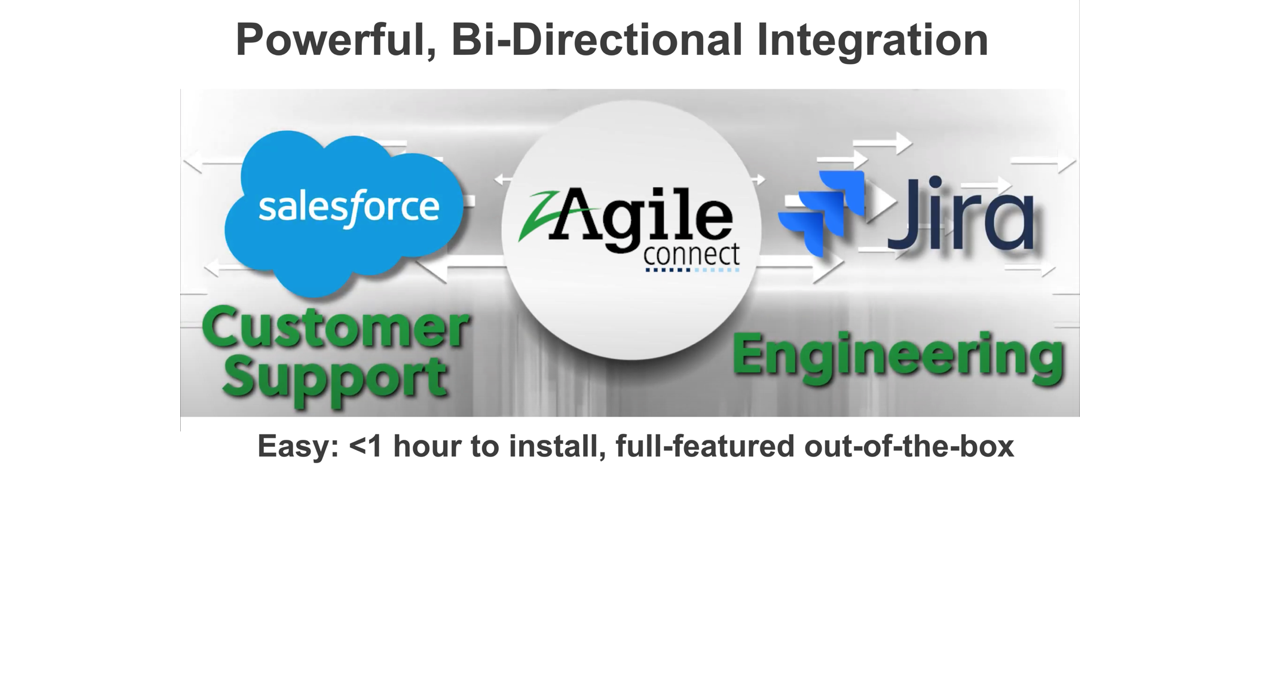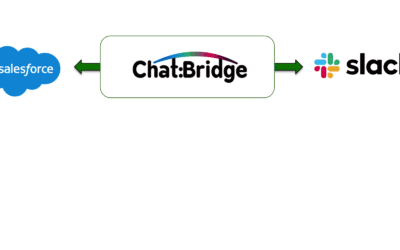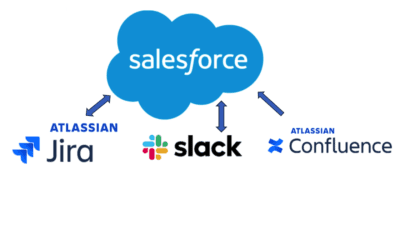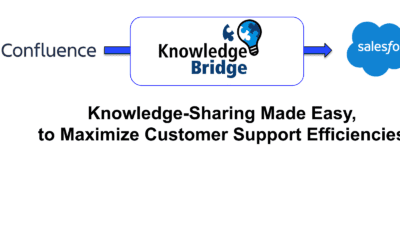Introduction
Customer support teams commonly struggle with the tedious yet critical task of escalating issues to engineering, tracking their progress, and turning the responses around to their customers in a timely manner. It typically involves navigating back and forth between Salesforce and Jira, copying and pasting information between the two applications, and manually checking the progress of Jira Issues. This process is tedious and prone to manual errors. Communications and priorities often fall into the cracks. When cases languish due to these communication gaps, customer satisfaction diminishes, and the risks for churn increase.
An ideal solution would involve integrating Salesforce with Jira to reduce the need for support agents to navigate back and forth between the two applications.
Support Team’s Goals
The support team typically has the following goals:
- Accelerate customer support efficiency
- Close the loop with customers on submitted tickets in a timely manner
- Meet service level agreement (SLA) compliance
- Achieve customer satisfaction
2. Drive alignment with engineering
- Ease collaboration
- Ease association between cases and issues, including their associated content
Challenges to Support Team’s Goals
These are the common obstacles to reaching the goals:
- Tracking customer tickets across multiple applications (Salesforce and Jira)
- Tedious and laborious effort involved in copy/paste customer ticket information into Jira
- Lack of visibility and timely updates on ticket resolution status leads to aging cases
- Poor collaboration with engineering on customer ticket resolution
- Lack of reporting on status of customer tickets in engineering
Traditional Integration Approaches
There are two common traditional approaches to integrating Salesforce and Jira, both with their own challenges:
- Enterprise integration platform
- Days to weeks for installation
- High cost and complexity
- Custom coding required
- Limited integration
- Point-to-point open source or inexpensive plug-ins
- Arduous, complex installation
- Custom coding required
- Brittleness
- Lacks deep integration
- Latency
- Not scalable
Neither approach delivers deep, bi-directional integration between Salesforce and Jira.
zAgileConnect: Deep, bidirectional, “out-of-the-box” integration between Jira and Salesforce
zAgileConnect provides “native-like” integration of purpose-built Connector for Salesforce and Jira. The advantages include:
- Work efficiently on Salesforce cases sent to engineering
-
- Minimizes manual effort
- Quick investigation
- Efficient collaboration
2. Drives customer satisfaction
-
- Faster escalation and issue resolution
3. Track easily: Status of cases in engineering.
-
- Run reports in either Salesforce or Jira
- Real-time updates
4. Ready out-of-the-box: Setup and configuration for full-featured functionality is < 1 hour.
5. Simplicity and speed
6. Bi-directional integration
7. Build for evolving future needs
-
- Automate custom workflows
- Scalability
Learn more
Watch the overview video to see how zAgileConnect can maximize your Customer Support team’s efficiency
Get the white paper, covering a deep-dive of challenges to different approaches integrating Jira and Salesforce and how zAgileConnect overcomes those challenges.




